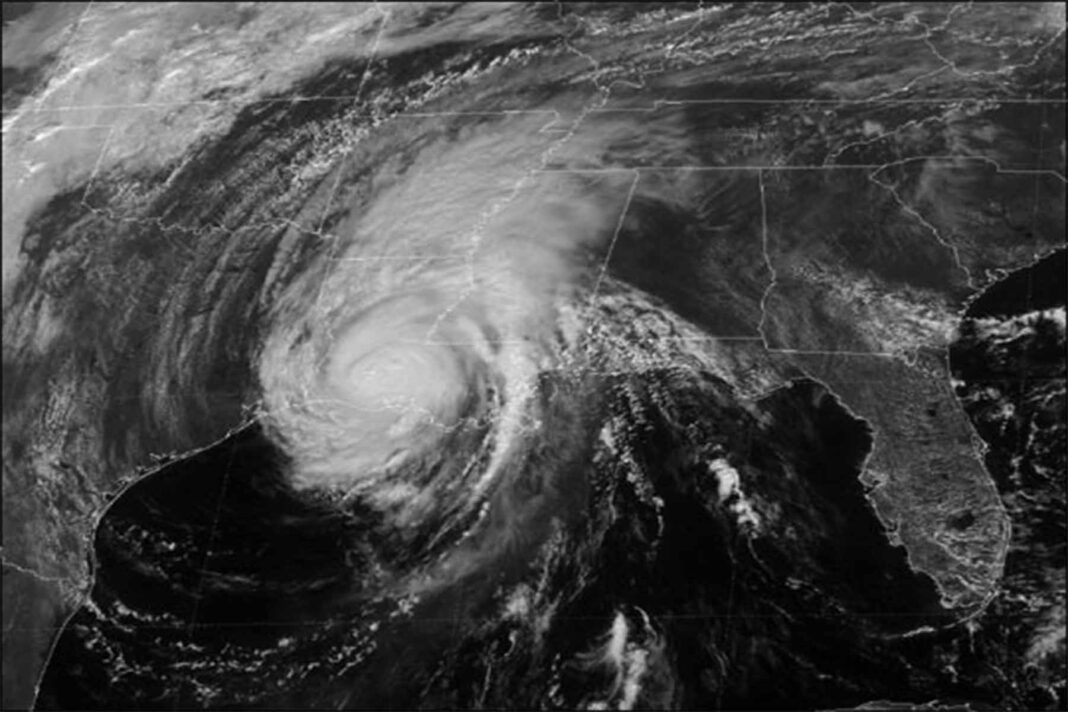Hurricane Lili (2002): Impact and Path of Destruction
Hurricane Lili was a powerful Atlantic hurricane that struck the Caribbean and the Gulf Coast of the United States in October 2002, causing widespread damage and disruption along its path. Let’s explore the key details and impact of Hurricane Lili during this eventful period.
Formation and Intensification
Hurricane Lili originated from a tropical wave that developed into a tropical depression on September 21, 2002, near the Lesser Antilles. Favorable atmospheric conditions fueled its rapid intensification, and Lili quickly strengthened into a Category 4 hurricane on the Saffir-Simpson scale with maximum sustained winds of 145 mph (230 km/h).
Impact on the Caribbean
Hurricane Lili first made landfall in the northeastern Caribbean, affecting islands such as Saint Lucia, Saint Vincent and the Grenadines, and Barbados. The hurricane brought torrential rainfall, strong winds, and storm surge, causing significant damage to infrastructure, crops, and homes. Several islands experienced power outages and disruptions to essential services.
Track and Landfall in the United States
After affecting the Caribbean, Hurricane Lili continued on a west-northwest track toward the Gulf of Mexico. The hurricane intensified further as it approached the northern Gulf Coast of the United States. On October 3, 2002, Hurricane Lili made landfall near Intracoastal City, Louisiana, as a Category 1 hurricane with maximum sustained winds of 90 mph (145 km/h).
Aftermath and Response
The impact of Hurricane Lili in Louisiana and surrounding areas included strong winds, heavy rainfall, and storm surge along the coast. The hurricane caused flooding, downed trees, and structural damage to buildings. Evacuations were ordered in vulnerable areas, and emergency response teams worked to restore power and assist affected communities in the aftermath of the storm.
In summary, Hurricane Lili in 2002 was a powerful and destructive hurricane that impacted the Caribbean and the Gulf Coast of the United States. The storm’s rapid intensification and track caused widespread damage and disruption, highlighting the importance of preparedness and response efforts in vulnerable regions.











